The Leica iiig is a camera that I have previously been uncertain I would like – I saw it as almost a worst of two worlds option from its era. It’s a camera from a period when the Leica M3 was for sale, and when compared – on paper at least – the M3 felt to me like a much more solid option for general rangefinder shooting. To me, it also suffered in comparison to other Barnack (thread mount) Leicas, as it has features I have personally determined that I didn’t really need or want. As it turns out, these were poor conclusions to have come to – it’s actually a bloody lovely camera that, for reasons I will come to, I now want in my collection!
I say this is a camera I want, as this Leica iiig isn’t actually mine. It is on loan from a company called Filmfurbish. If you’re a Rollei 35 fan, you might already be familiar with them as the company that refurbishes the various Rollei 35 cameras and sells them almost as if they are new cameras, warranty included. I say almost as sometimes they have some physical imperfections (not exactly uncommon in older cameras – especially Rollei 35s). They are perfect working order though. I know, I have one and love it – and it’s the second I have bought off Filmfurbish too!
In fact, I have written about my experiences with Filmfurbish and these Rollei cameras here. But since then I have had further dealings with Jeremy who runs the company. As mentioned, since then I’ve bought another Rollei off him: a 35S which is a thing of beyond beauty. He’s also had a camera repaired for me that no one else could fix, or even wanted to touch for that matter. Though I should add, that was a favour, and not necessarily a service he offers… I mention it only to emphasise the point that I am very familiar with Jeremy’s work; I trust him, his workmanship and his (very high) standards. So, when he offered to loan me a Leica iiig to play with, I tore his arm off in full expectation that, even if I still didn’t like the camera itself, I would still get to play with a very finely fettled copy.
I was right about one thing at least, the camera itself is practically perfect. In fact, as I will get to in more detail, it feels like a new camera. As mentioned at the top though, all of my preconceptions about the Leica iiig were pretty ill conceived. Or rather, I had by the merit of what I understood it to represent in its time, written it off as a camera I would not gel with.
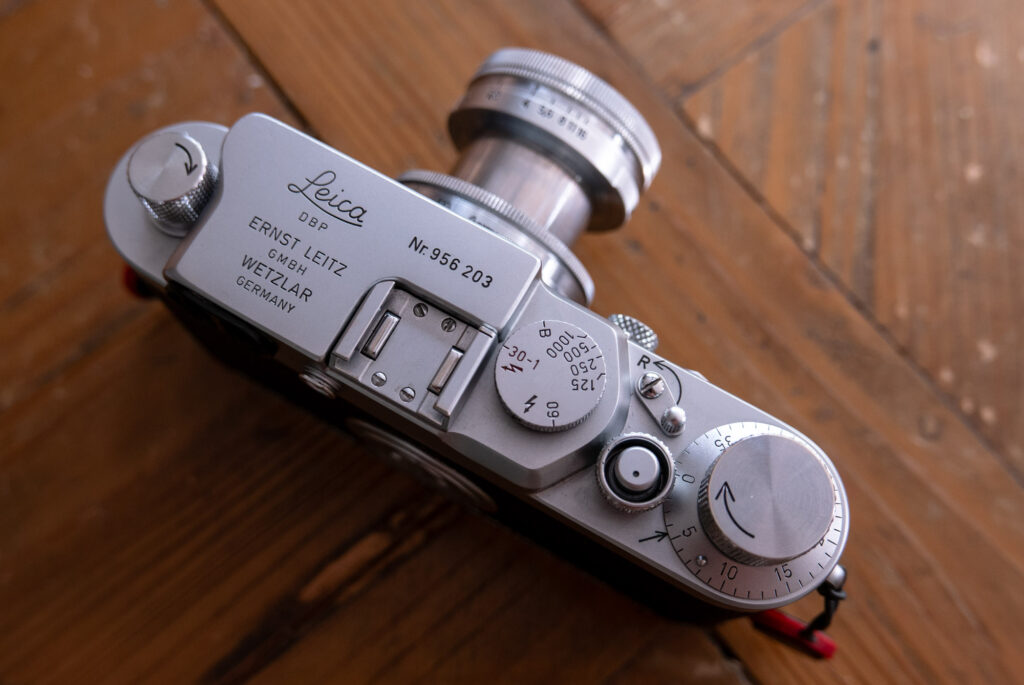
A bit of history
Those who read my reviews will know that I don’t really dip into the history of cameras all that much. I’m not going to hear either really – it would be pretty pointless since Mike Eckman has done the usual exceptional job of covering more of the history of this camera on his website here.
To understand the context around my preconceived ideas though, it is useful to know one thing about the Leica iiig and where it fits into the history of Leica cameras. That being, it was the last of the LTM (Leica thread mount) cameras they made, and was made at the same time as the much more advanced and frankly bloody wonderful Leica M3. It was also marketed and sold as a cheaper alternative to the M3, as well as being for those who were more keen to continue to use their LTM lenses on an LTM camera (rather than adapting them to m-mount, which is perfectly possible – in case you didn’t already know…).
Now, I should add, I don’t currently own a Leica M3. My M-Leica of choice is the M4-P. But I have owned a few M3s and even had one modified within an inch of its life by another camera restoration genius, Alan Starkie of Cameraworks-UK. I spent a fortune on that camera, but ended up selling it when I came to a point of needing some cash. Do I regret the sale? Yes sort of, but actually possibly a tiny bit more for the fact that I miss owning an M3 than I miss my heavily modded one. I loved that camera, and I will own another a M3 someday – they are truly special cameras!
The point I’m trying to get to here is because of how much I love the M3, the Leica iiig – as a contemporary camera that was marketed as a cheaper alternative for the then behind-the-times LTM users – just didn’t feel like it appealed to me. And then there’s the fact that I have also owned and shot a whole load of different Barnack (LTM) cameras and in doing so had felt like I had found the perfect one for me. The first one I owned was a Leica iiia. Lovely camera, but in the end I determined that really all I needed from a Barnack was a camera that would allow me to add my own viewfinders and shoot by scale focus. To scratch that itch, I bought myself a very old Leica Standard. Another wonderful camera that did indeed fit that bill. The issue I found with it was I just felt like I was shooting a relic. It was lovely, but like all the Barnack cameras I have touched that are that old, it just felt a bit loose and wobbly. I wanted something that felt a little more modern and more precise, so I bought and subsequently had modified (also by Alan Starkie) a Leica ic. These are lovely cameras when not modified, but by having one of the cold shoes removed, the slow speeds added and the whole thing painted in a beautiful gloss black, I’d (once again) spent a fortune on a camera that fully itched the Barnack scratch. I think the bias this helped create probably played a big part on my views about the Leica iiig! There’s no way I could need a iiig, I already have my perfect Barnack Leica.
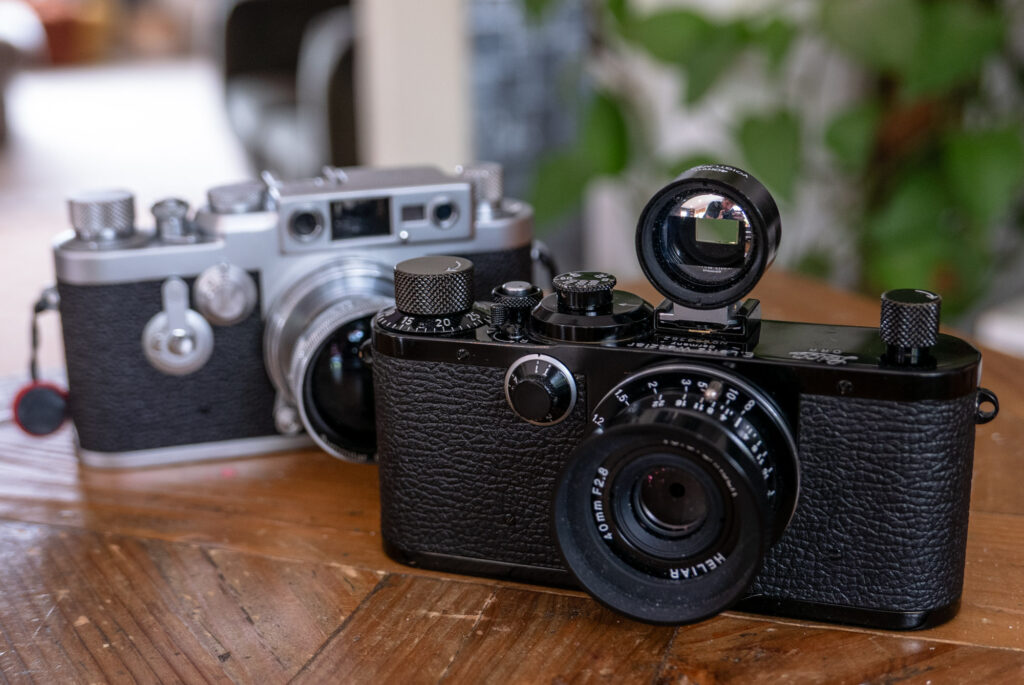
Discovering the wonders of the Leica iiig
And then Jeremy phoned me out of the blue telling me he was expanding into the world of refurbishing and selling Leica iiig cameras. He wanted to know if would I return the favour of him having fixed my aforementioned camera l by reviewing one of these refurbished iiigs… I mean, it hardly feels like a return favour to me. I definitely would have done it anyway, but I was certainly happy with the arrangement… despite my previously mentioned negative/dismissive preconceptions.
And then it arrived. I took it out of the (fancy) retail packaging that Jeremy delivers his cameras in. I attached the 50mm f/2 Summitar he sent with it to it and held the camera to my eye. I think I pretty much immediately decided I was wrong and that actually I could definitely get along very well with this camera. That was also when I decided to take it on holiday to Majorca with me as my only film camera for the trip. Fortunately, that turned out to be a brilliant choice – it provided me with exactly the experience I had hoped it might. More on that a little later.
A last bit of background/context
Before I finally get to the camera itself I just want to touch on one other fact. That being that I love small cameras. I case you didn’t realise, this website is was originally based on that love. It was born out of an appreciation for 35mm Compact cameras. The Leica iiia I bought was the camera that convinced me I should make the first expansion of the remit of this website from more modern point & shoot cameras to older pocketable mechanical film cameras. I still prefer shooting small cameras today too. The Panasonic LX100 is a firm favourite, as is the Pentax Q7 which happens to be the digital camera I took alongside the Leica iiig to Majorca. In short, there is a precedent for me liking this sort of camera – especially when travelling.
The Leica iiig
Ok, before I get on to this specific camera, let me tell you a bit about the features of the Leica iiig. As mentioned, the Leica iiig is the last of the thread mount Leica range. In case it’s not clear, “thread mount” means the lens mount has a screw thread which is different to the later M-mount cameras which are bayonet mount.
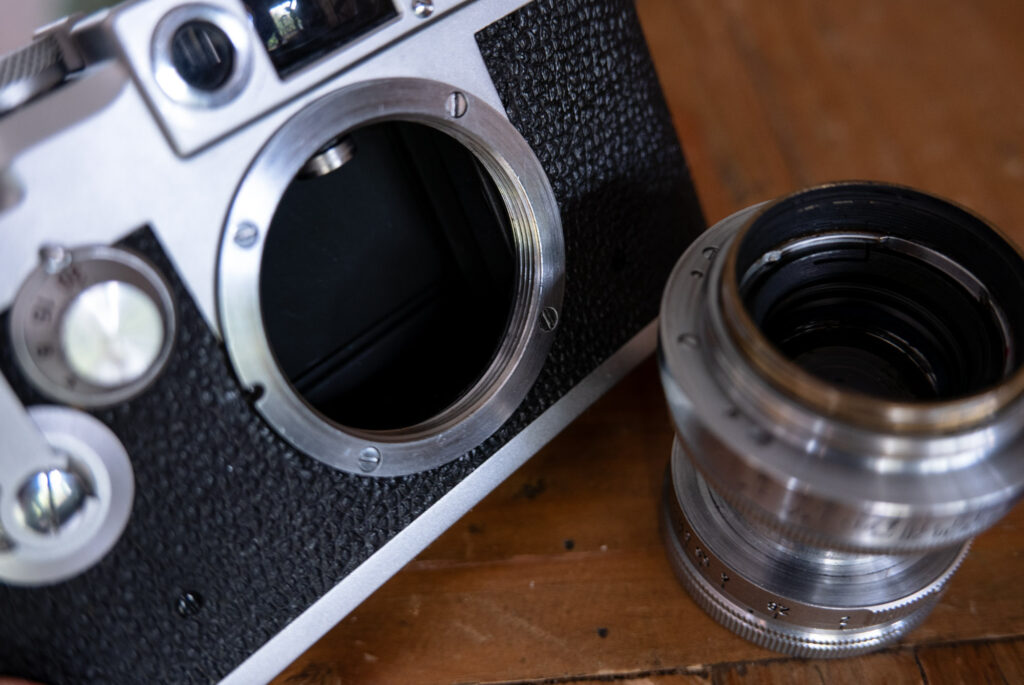
The iiig is a rangefinder camera with a separate rangefinder and viewfinder window. As with all the Barnack Leica cameras that have a rangefinder built in, the rangefinder window is magnified to increase the accuracy of focus. Unlike earlier Barnack cameras, the iiig has a fairly large viewfinder with frame lines for both 50mm and 90mm lenses. The frame lines are also parallax correcting, i.e. they adjust as the lens is focused to ensure more accurate framing. The rangefinder window also has a diopter adjustment lever.
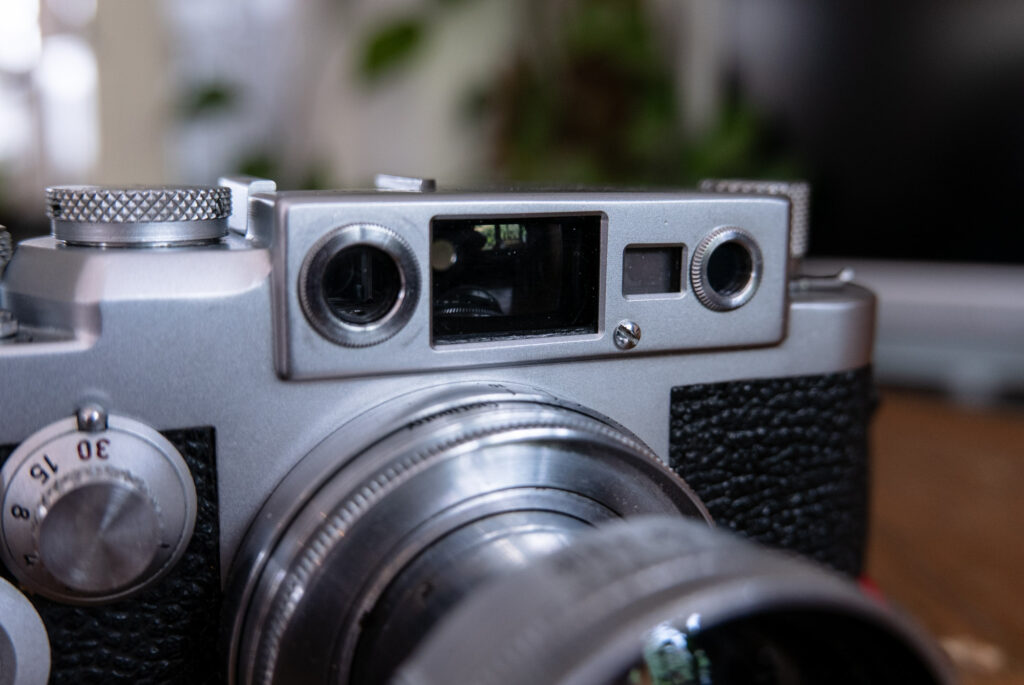
The Leica iiig has knobs for both film advance and rewind – there is a lever that needs to be swung forward into a rewind position to free the mechanism when the roll is finished. There is also a mechanical frame counter around the base of the film advance knob which needs to be set manually when the film is loaded.
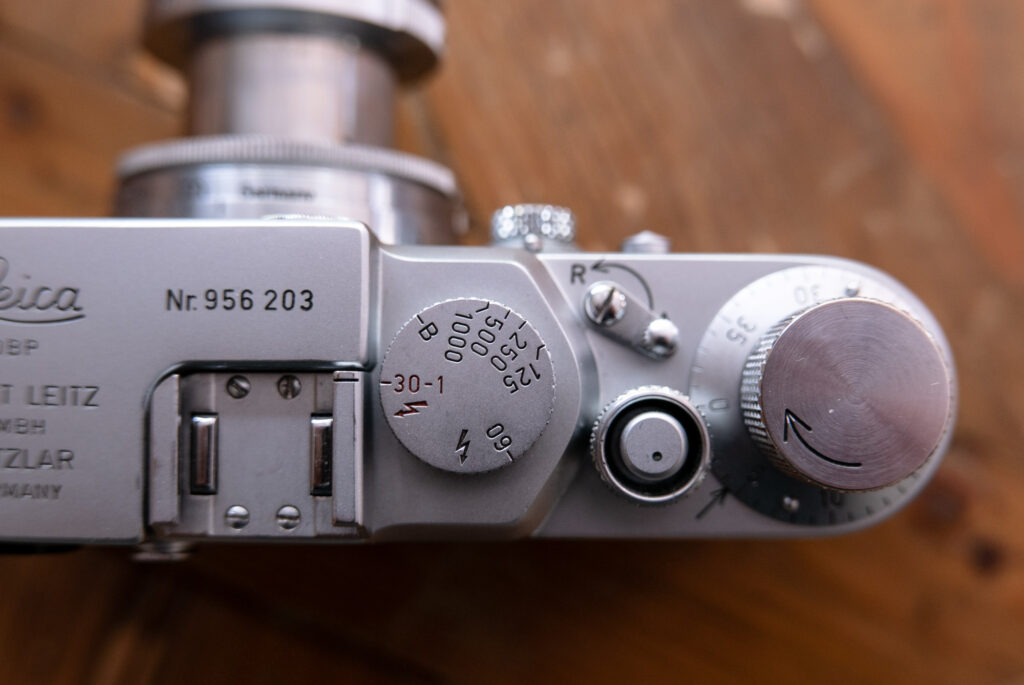
There are two shutter speed dials. The one on top of the camera is for speeds from 1/60th to 1/1000th as well as B (for bulb) and 30-1. There is also a dial on the front that allows the camera to be set between 1 second and 30 seconds – the dial on the top should be set to the 30-1 setting to activate the use of the front dial.
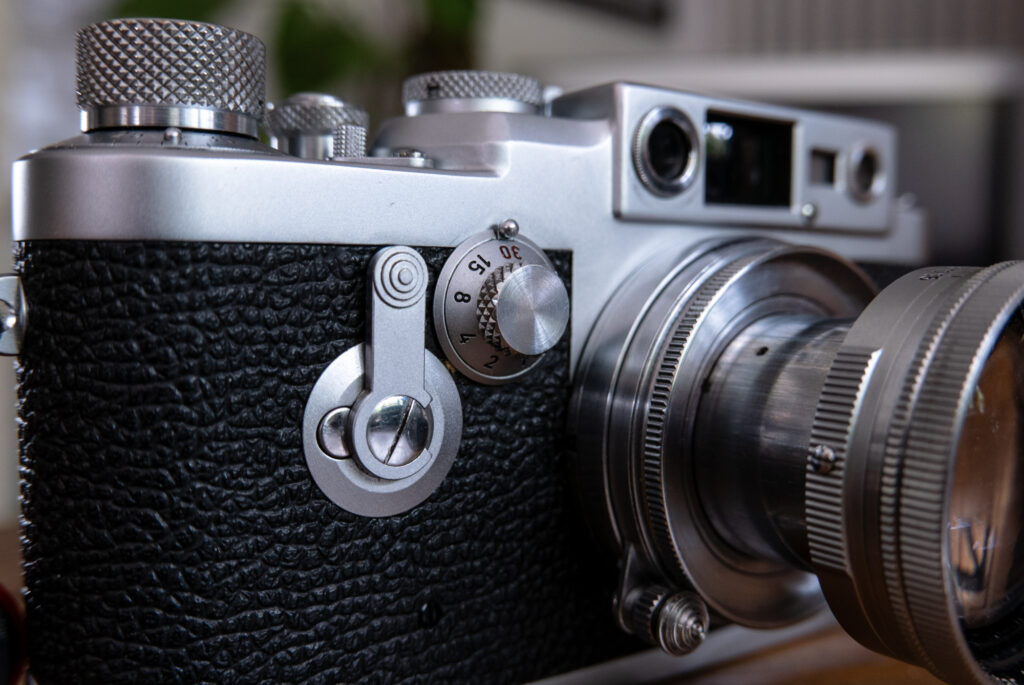
There is also a self timer control on the front of the camera. The Leica iiig is a bottom loading camera which ideally requires the film leader to be snipped, though as I will get to, I don’t bother. The final point of note is that the iiig has a Leica M3 style film reminder dial on the back – there is no meter of course, so this dial does nothing beyond helping to remind the user of the loaded film. Oh, and unlike some of the earlier Banack cameras, it also had strap lugs!
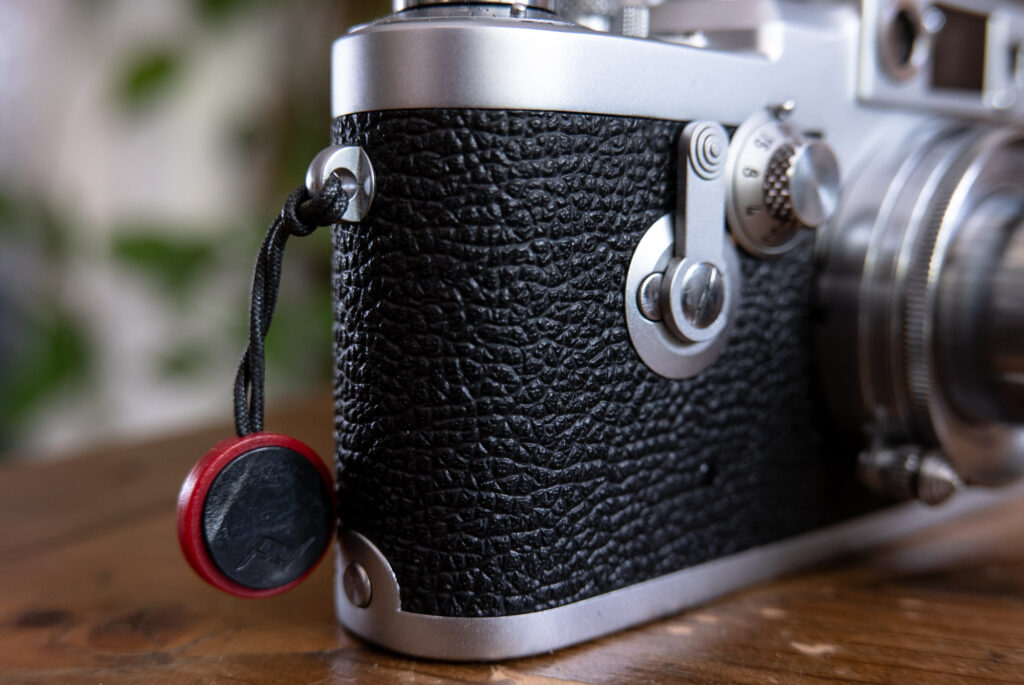
In terms of the specs and features, that’s the lot… wonderful simplicity!
First impressions
As I have said, I was pretty smitten by this camera the moment I took it out of the fancy box it came in. There is of course the benefit of buying a camera from a company that properly restores them. Buying from an online marketplace can lead to disappointment, and the need to spend more money on a CLA. This can definitely take the edge off a used camera purchase. Of course, I hadn’t bought it, so I wasn’t particularly worried about its condition.
In fact, I’d go as far to say that normally with loan kit, I can find that whatever it is I’m unpacking for review lands a bit cold. I’ve not made the choice to buy the thing, just write about it, so my financial investment is zero and therefore my emotional investment is lower too. Especially these days having spent years playing with cameras I’ve bought and been loaned, I feel like I’ve seen it all… or at least enough of it that I don’t really get that excited at about new-to-me cameras.
So maybe, I suppose, it was having that expectation shattered by just how lovely and new feeling this particular Leica iiig was when I took it out the box that really struck me. I got it out the box thinking it was just going to be another camera to play with, but the experience of unpacking a 70-odd year old camera that genuinely felt lightly used at worst really surprised me with how enthralled I was by it. Turning it over in my hands, examining the condition, the controls and feel of the thing, putting the viewfinder and rangefinder to my eye and seeing them to be perfectly clear and bright. Yes, it was a very, very positive first experience… and then I put it on the shelf and didn’t really touch it again until I packed it to go on holiday a few days later.
The Leica iiig – a Majorcan Holiday Romance
I must admit, I was a little nervous about travelling with film. I didn’t want to have to faff about through security asking for hand checks etc. To the degree in fact that I had previously decided not to take a film camera.
As I’ve said, when the camera arrived I decided it was worth the trouble to take it with me. I packed a couple of rolls of Kodak Proimage 100 with it in mind that was likely to only be shooting in the day time and that if it did end up going through a scanner in the airport as a slower film hopefully it would be ok. In the end, requesting hand inspection at Birmingham airport was no issue at all, in fact I ended up having a nice chat with the security person about just how expensive film had gotten. He didn’t seem to know much about it beyond just this fact – I guess a lot of people say the same thing when travelling with film these days.
Anyway, film transported to Majorca unharmed I was even more happy to be able to shoot some film when I was there. So happy in fact that on the first day we went out for a walk around Port de Pollença and later Pollença I took it out as my primary camera.
Loading the Leica iiig
Of course, first I had to load the thing. No Barack review would be complete without a note on loading. There’s quite a lot of fuss noted online about how tricky these cameras are to load and how you absolutely must trim the film leader. This is sort of true too – it definitely makes it easier – but I just load without trimming. It is a little more fiddly, but one the film lined up with the slots, I just set the camera to ’T’, open the shutter to check I can’t see any sprocket holes, giggle it about a bit if I can, see sprocket holes, remount the lens, put the bottom plate back on the camera, then wind the film advance to close the shutter. I’ve no idea why I am so stubborn about not trimming the leader, but my point is that it’s not really essential if you check it’s all lined up before trying to wind on the film.
Carrying and using the Filmfurbish Leica iiig
Once loaded, I chucked into my little Peak Design bag. These bags are pretty small, but I could easily fit the iiig, as well as my Pentax Q7, a spare roll of film, keys, and even my phone if I wanted to tuck it away.
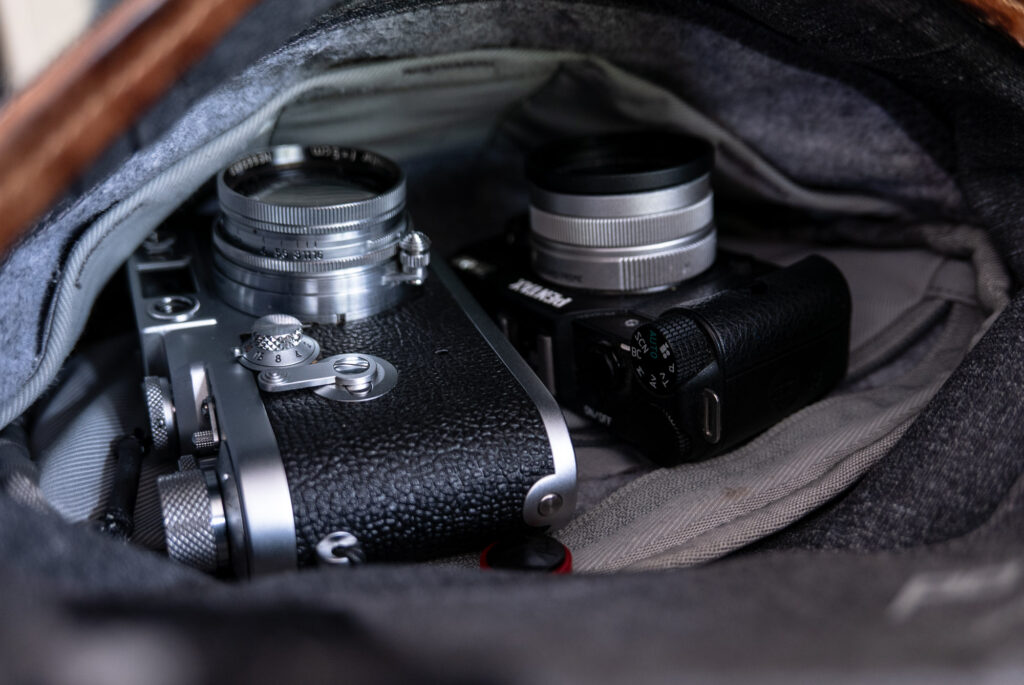
The Sunmitar is a collapsible lens which helps of course, but I think it’s definitely worth noting that the Leica iiig is a very small camera. This is probably the first and main contradiction to my preconceived ideas. I’d always assumed that it would feel a good bit bigger than the earlier model Barnack cameras because of the additional height the viewfinder requires. In reality, it makes little difference at all – to me at least. In fact, though the later Barnack cameras (iiic and onward) are slightly wider than the earlier ones, and the iiig is a little taller, in use I couldn’t really say that this felt like a much bigger camera than my early Standard did. Yet it still comes with a bigger built in viewfinder than any of the previous models.
This felt like a pretty big deal to me. I have always loved the idea of Barnack cameras for their smaller size and have therefore always been motivated to buy a smaller one with less features to make the most of the small size advantage. For shooting a 50mm lens at least, the Leica iiig has turned this idea on its head for me.
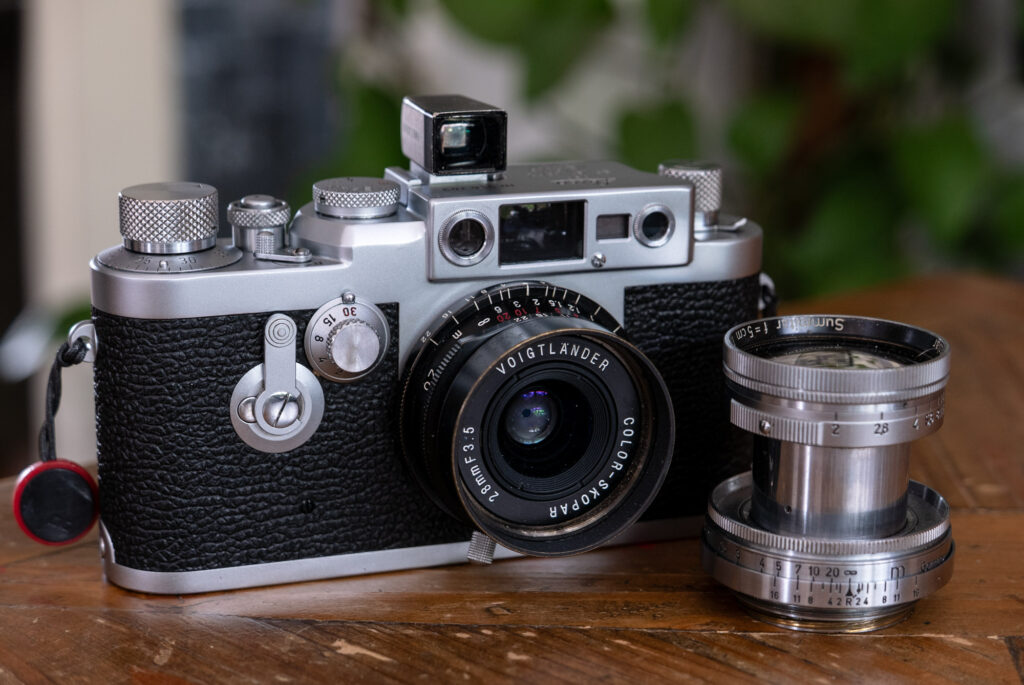
Where I found myself less happy was when I thought about shooting my Voigtlander 28mm 3.5. I took it and the little 28/35 mini finder with me on holiday, but once there I didn’t use it at all – it just stayed in the bag in the villa. I did think about taking it out, but with the added viewfinder on the camera, it just started to feel a bit clumsy. I think this is where my bias towards my ic really kicks in. With that camera I have three lenses and three viewfinders – the 28 and 28/35 mini finder, a Voigtlander 40mm and 40mm finder and a 50mm Elmar and 50mm finder. More often than not when I take it out, I just take it out with one lens and one viewfinder. I really enjoy the simplicity of single lens shooting with a dedicated viewfinder, and on that camera where there really is nothing superfluous at all, it just provides a wonderfully pure photographic experience.
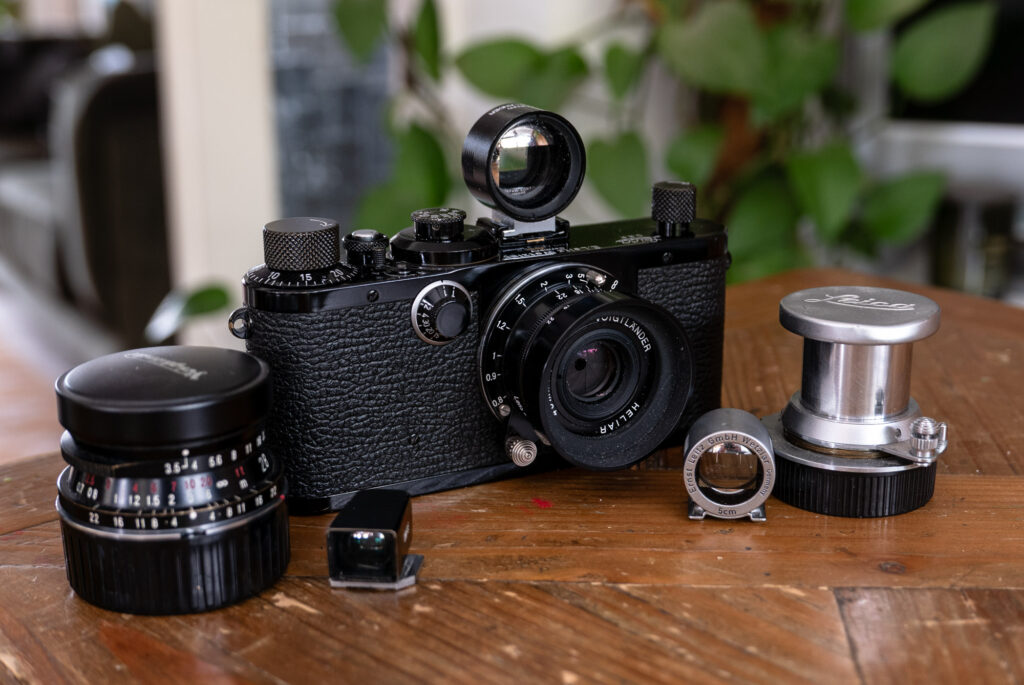
Conversely, as I have said, adding the 28mm lens and viewfinder to the iiig feels clumsy to me. The rangefinder is still useful, of course, but the viewfinder becomes superfluous. In fact, since I am so used to shooting the 28mm on my ic without a rangefinder, even that feels like an almost-unnecessary frill when compared to the experience of shooting the ic.
With all that said, the iiig is also able to give me the same feelings of pure photographic experience – it just comes when using it with lenses that don’t require an external viewfinder. With the 50mm mounted, the nice big built in finder comes into its own. There is the need to switch between the rangefinder winder and viewfinder window for precise focusing, but on a bright day in Majorca, more often than not I was scale focusing anyway. And, with the rangefinder in a different window, the viewfinder feels very bright, clear and uncluttered.
And really this was just a part of what made the experience so enjoyable. It’s difficult to review old cameras sometimes, especially when they are this old. Really it just comes down to reviewing the individual camera, as from one to the next the condition can really impact the experience. As I have made clear, in this instance, I am talking about a very well fettled and very good condition Leica iiig. There is barely a mark on this camera, all the dials and controls felt even more wonderful in use that it did when I was just tinkering with it when I first got it out of the box. The shutter speeds sound bang on too – though I admit, I haven’t tested them. Even the self timer works. In short, this Leica iiig is wonderful to use. So wonderful, as I said at the beginning, I have decided I want one… or more specifically, I want a Filmfurbish restored one…!
The ic for wides and a iiig for 50 and 90mm
Why? Because I now feel like the Leica iiig answers a question I didn’t really know I wanted answering, and it’s all in the bigger viewfinder. What this camera has made me realise is that I can have a Barnack camera for 50mm and even 90mm shooting. I have for a long time committed to the idea that my ic is mostly for wider lenses. I know I have said I have a 50mm Elmar and corresponding viewfinder, but really I hardly ever use this combination with it. I mostly use the 28mm and sometimes the 40mm.


I am perfectly happy scale focusing a 50mm lens – especially in day light – but the longer the lens, the more often having a rangefinder just feels like a nice fallback. Having the rangefinder on the iiig allowed me to take a couple of closer-up portraits with the lens wider open – this is something I just wouldn’t try with the ic and the 50mm lens. It just doesn’t feel like that’s what that camera is for – it’s for landscapes and other types of photography where scale focusing is the natural shooting method. With the iiig, I felt like I could shoot close up portraits at wider apertures by making use of rangefinder. If I had one of these cameras I would definitely be adding a 90mm – probably the f/4 Elmar, which is a wonderful (and underrated) lens.
In fact, I could see my carrying both ic with 28mm and 40mm and a iiig with a 50mm and 90mm. That would be a truly wonderful set of kit… I just need the iiig and 90mm now…
Photos
I mentioned that I managed to get through Birmingham airport security with a hand check… coming back, would you believe, I forgot. Thankfully, though they do have modern CT scanners there, the film seemed to survive. Or at least any issues with the scanning were solved by the guys doing their usual quality job at Analogue Wonderland (thanks, Max & Paul!!)






Final thoughts
There’s a lot of bias going on in this review. All of my reviews are biased, I guess, as I tend to focus a lot more on my own rambling, subjective thoughts rather than trying to be more objective. The issue with this review is that there is even more biases involved than usual. To begin with I was biased toward my ic as a camera that I love and have spent a lot of money on. I was also not really that interested in the Leica iiig until I was offered one to try.
And then there are the positive biases. To kick off there is the fact that I shot this camera on a lovely family holiday in Majorca which arguably fairly significantly rose tinted the experience. Then there is the fact that I have been speaking about a near-perfect condition camera that has been fettled into this condition by someone who has loaned me the camera… someone who I owed a favour to, and happen to like as a person, as well as being happy to support/promote his business. In short, I have felt very conscious of all this during the review process, which is a suppose why I want to be open about it all.
It’s probably also worth emphasising the fact that there is a premium on the price when buying from Filmfurbish. That is to say, buying a near-perfect condition Leica iiig that comes in a presentation box with a warranty definitely costs more than buying one off eBay without those things… or at least it should! But, the result of the premium is that you know exactly what you’re getting and if there is anything wrong with it, you know you can also get it fixed under the warranty.
That out of the way, I really do want to say that this Filmfurbish fettled Leica iiig is a truely wonderful camera. Even without the holiday I think I would be saying the same thing about this specific camera, and even without the Filmfurbish factor I think I would have found the same favour for the Leica iiig more broadly. Thanks to the larger viewfinder, I can now see how perfectly this camera would sit alongside the Leica ic I already have… and even if I didn’t have that camera, I could see me really loving this one as my only Leica Barnack camera. It’s only really because I have the joy of the ultra-simple ic for shooting wider lenses that puts me off the idea of using this camera for that purpose.
In short, I will own a Leica iiig one day, and when I buy one I will be buying mine from Filmfurbish in the expectation that I get one just as lovely as the camera he loaned me!
You can find more about Filmfurbish on his website here
And if you want to read an entirely less biased and more objective review and history of the Leica iiig, you should absolutely check out Mike Eckman’s review here
Share this post:
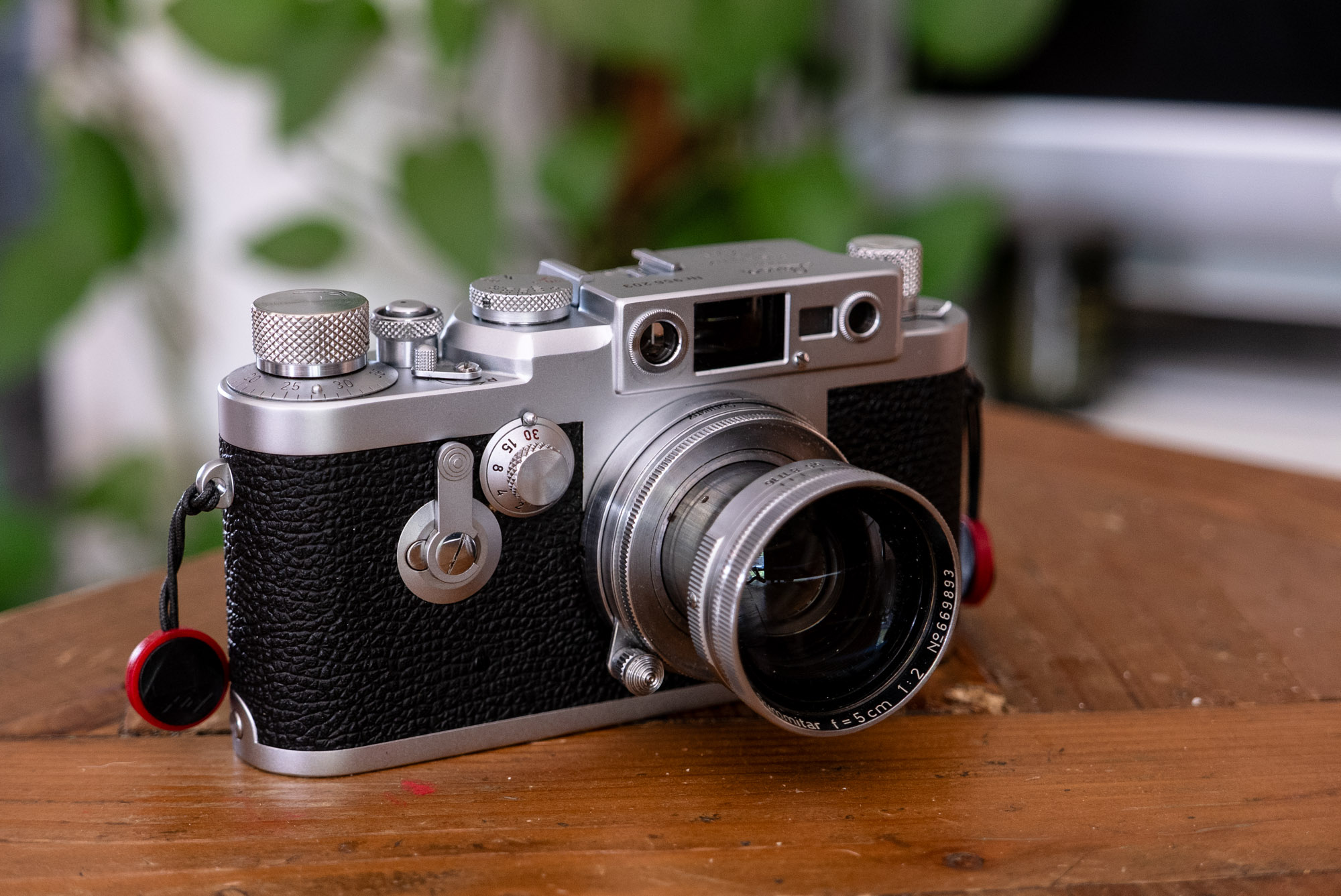

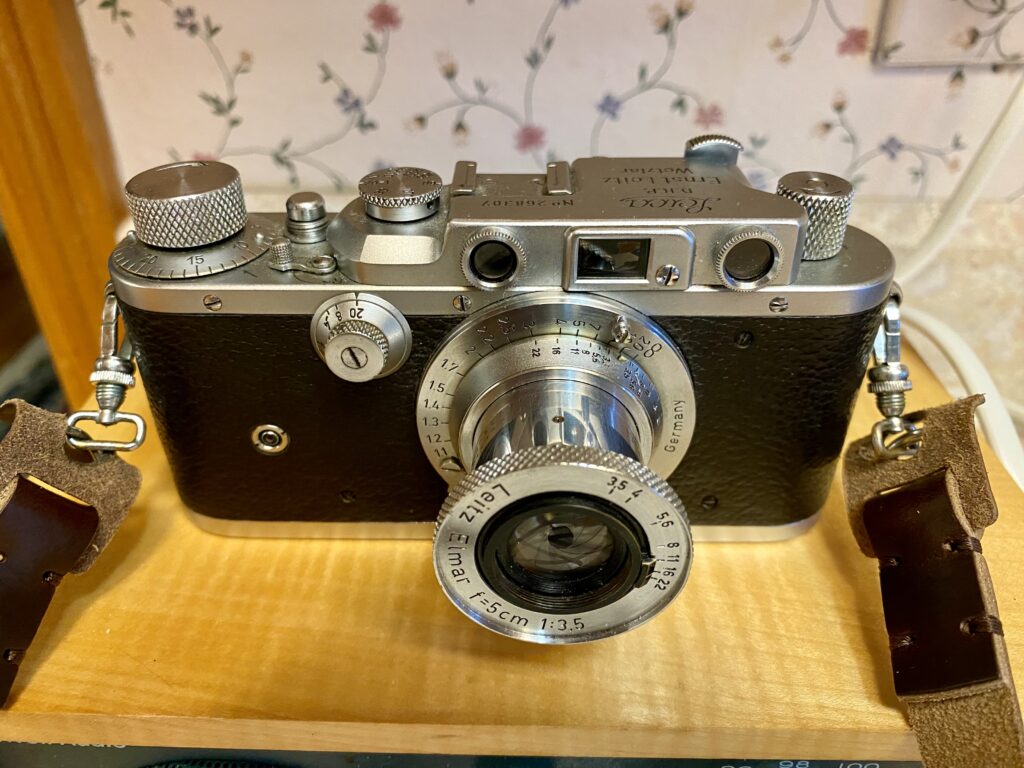
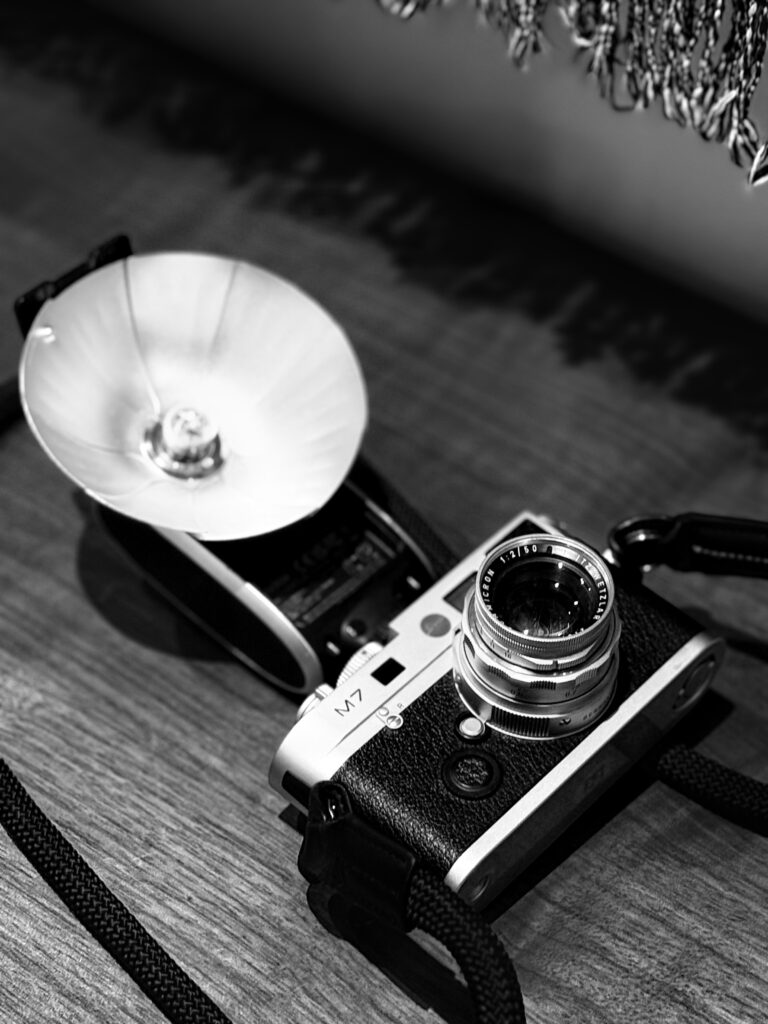
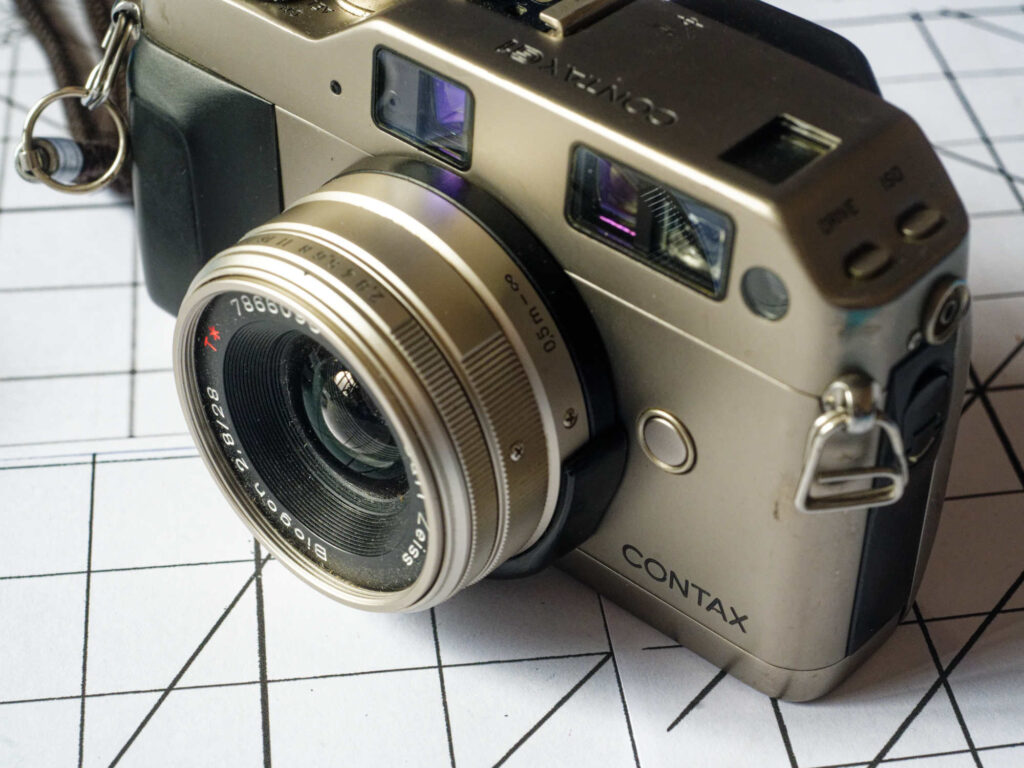
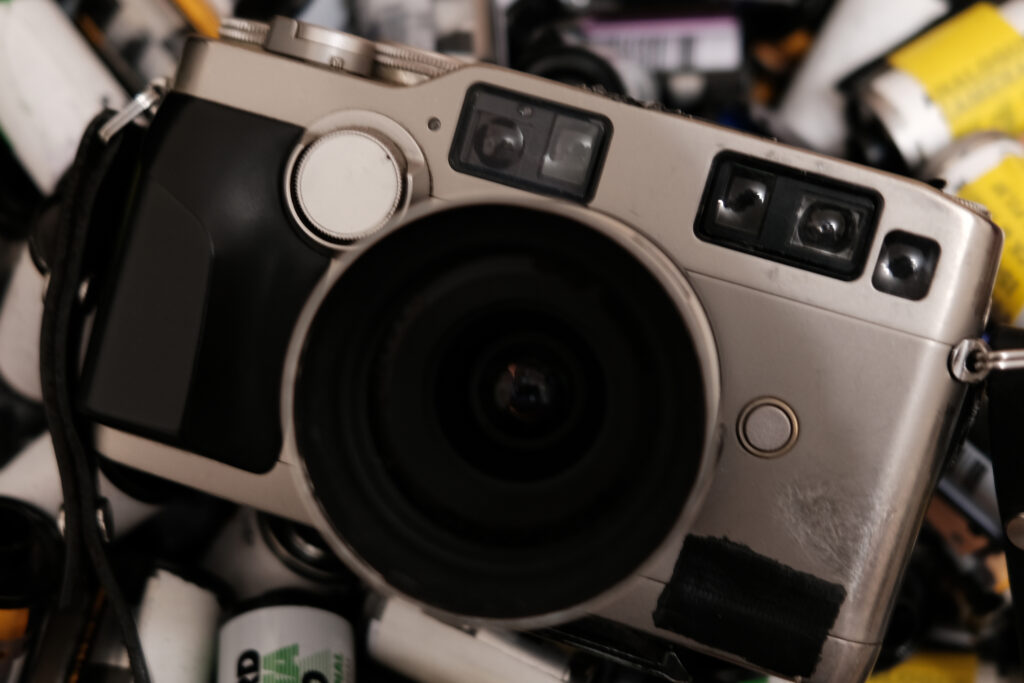
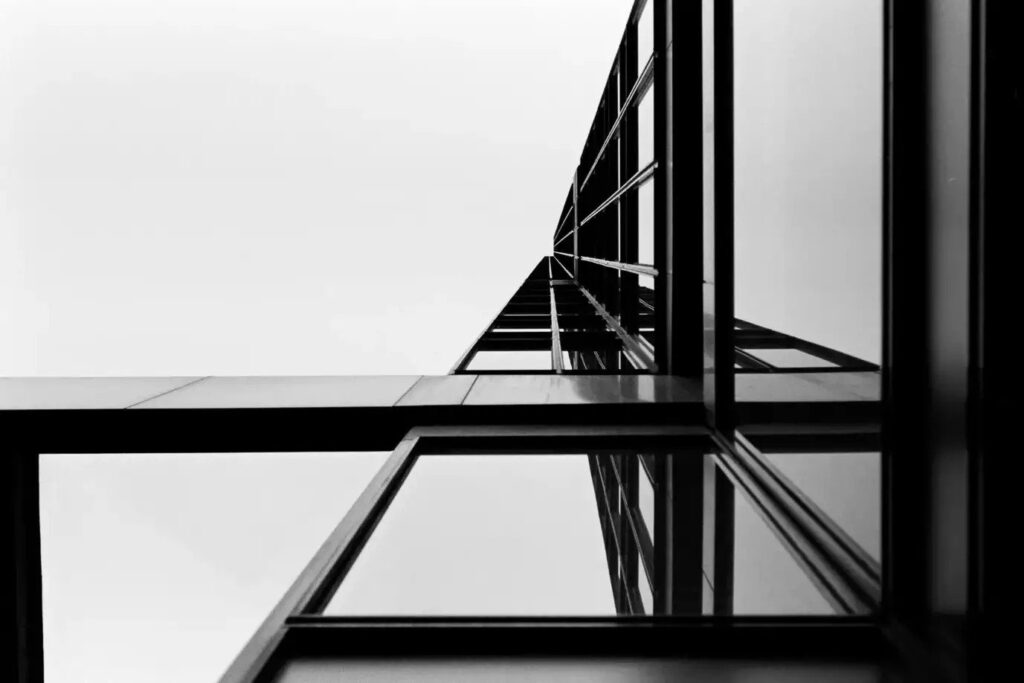
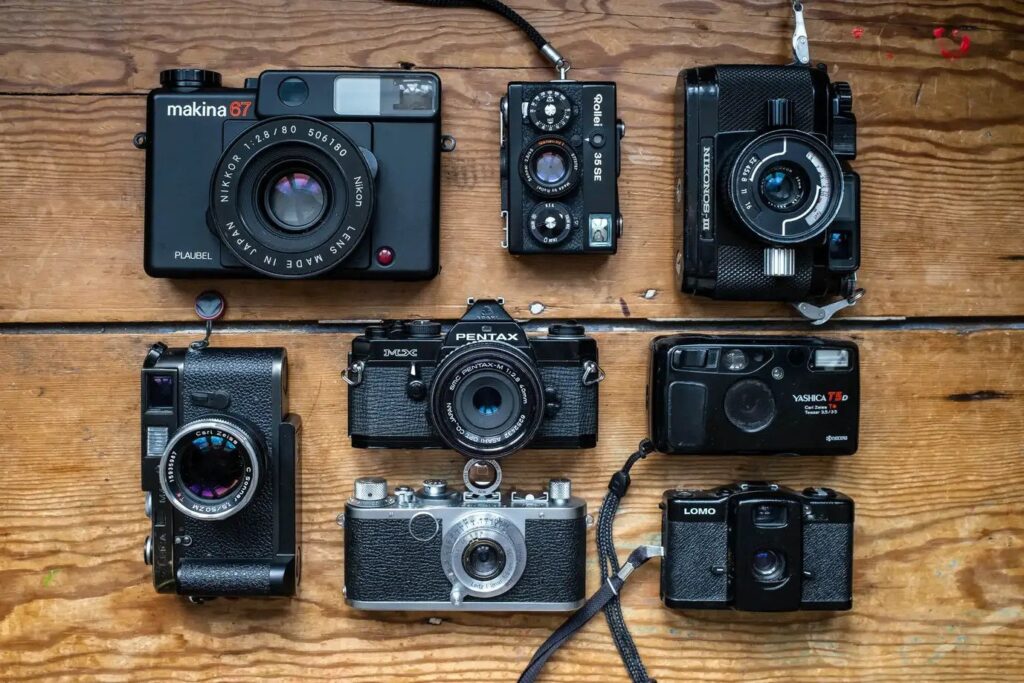
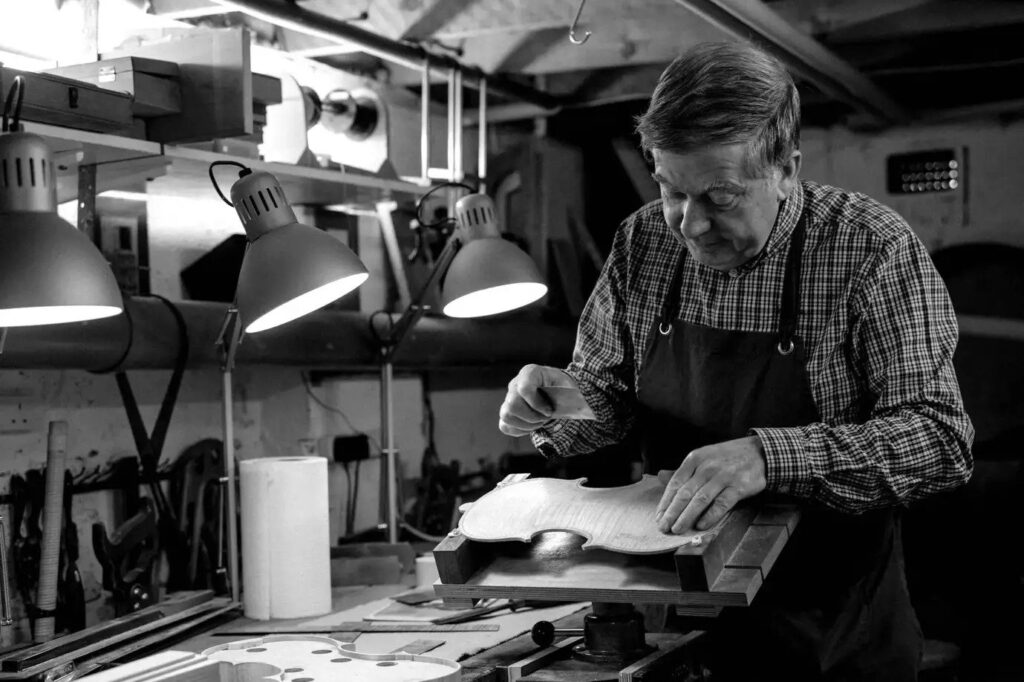
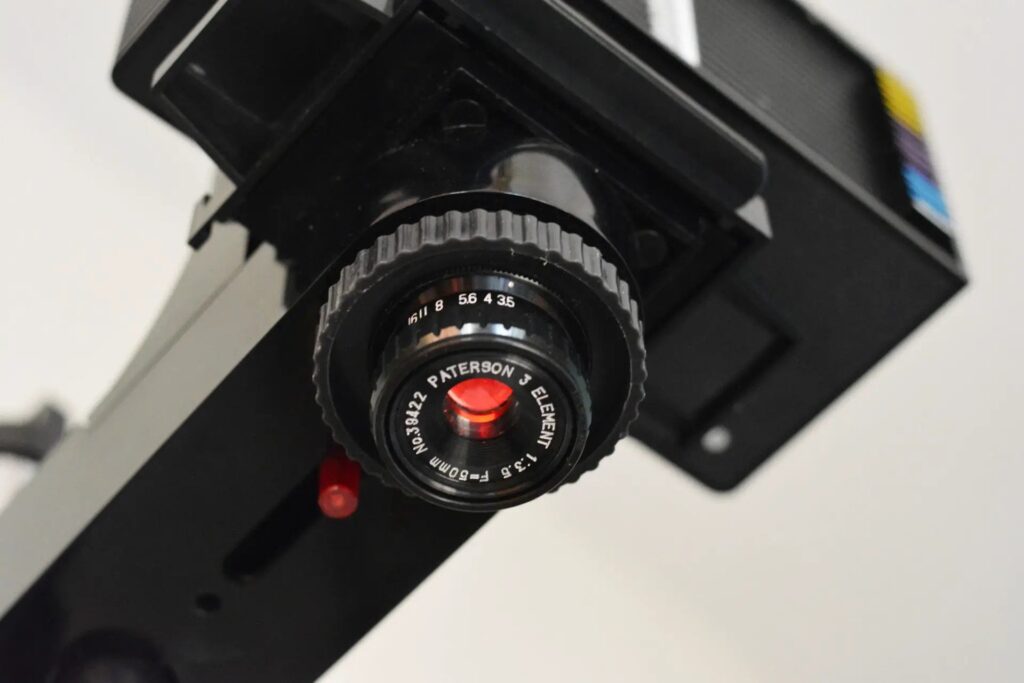
Comments
Eagle Omomuro on Leica iiig – a Filmfurbish Edition / Rose Tinted Review
Comment posted: 10/10/2025
- A Million Ways to Shoot in the West
Comment posted: 10/10/2025
Charles Young on Leica iiig – a Filmfurbish Edition / Rose Tinted Review
Comment posted: 10/10/2025
I protect the IIIg with an old sock.
My Leica clones are Fed 2 and Fed 3s. Quite affordable.
Chuck
Comment posted: 10/10/2025
Steve Abbott on Leica iiig – a Filmfurbish Edition / Rose Tinted Review
Comment posted: 10/10/2025
Comment posted: 10/10/2025
Erik Brammer on Leica iiig – a Filmfurbish Edition / Rose Tinted Review
Comment posted: 10/10/2025
Comment posted: 10/10/2025
Comment posted: 10/10/2025
Gary Smith on Leica iiig – a Filmfurbish Edition / Rose Tinted Review
Comment posted: 10/10/2025
Scott Ferguson on Leica iiig – a Filmfurbish Edition / Rose Tinted Review
Comment posted: 10/10/2025
Great post and very interesting perspective. I spent some time looking into Barnacks over the winter and actually went as far as buying a iiif when I was up in Canada, but I had some technical issues with it and returned it, but kept the Summitar 5cm f2, which more or less lives on my M3. I don't think I've seen or handled a iiig, whichI thought had a bit of a 'between two stools' place between the main run of Barnacks and the evolution into the M's. I've grown very attached to my M3 and kind of feel like I don't 'need' another 35mm camera -- especially one that wouldn't take M Mount lenses. But I have to admit an article like this makes me feel a little like I might want one -- some day. And Jeremy's business and approach sounds amazing! I hope it expands to other lines, perhaps some medium format options!!
David on Leica iiig – a Filmfurbish Edition / Rose Tinted Review
Comment posted: 10/10/2025
I also use Peak Design bags for films, spare lenses and a light meter, but don’t have one that can accommodate two cameras in that size. Which model of Peak Design do you use?
Geoff Chaplin on Leica iiig – a Filmfurbish Edition / Rose Tinted Review
Comment posted: 11/10/2025
1. Larger viewfinder than earlier Barnacks and one stop brighter than the M3
2. Lighter and smaller than the M3, not by much but it makes a big difference
3. The diopter adjuster means if you sometimes wear glasses (or different pairs, or none) you can still get the rangefinder in focus - not possible on the Ms
4. The rangefinder works (!) allowing you to focus in poor light not just a bright sunny day
Bad boy Hamish! You're not meant to poke fingers through the shutter aperture - a better approach is load film, wind on several frames making sure the film spool knob is rotating (lens cap on!) then rewind until you feel the slight tension at the start of the film. 40 shots per film possible.
Ibraar Hussain on Leica iiig – a Filmfurbish Edition / Rose Tinted Review
Comment posted: 11/10/2025
Really like the photos by the way, how do you get such clean scans? Mine are always awful
Alexander Seidler on Leica iiig – a Filmfurbish Edition / Rose Tinted Review
Comment posted: 11/10/2025
Jeffery Luhn on Leica iiig – a Filmfurbish Edition / Rose Tinted Review
Comment posted: 11/10/2025
A very nice posting on a truly beautiful camera. Good photos. I wish you'd shown the back of the camera to see how the view window compares to the IIIf. You describe it as bigger, which is an improvement. A good friend is selling his IIIf and I took it for a spin. OW! It's hard to see through and focus! Of course my test shots were SHARP, but they didn't come easily. Several missed focus. Even though he's offering it to me at a bargain, I can't imagine using it. It needs to go to a Leica person. I'll just keep my Fed-3 and it's so-so lens. It's easier to operate. Yeah, I'm a blue collar guy.
Jeffery